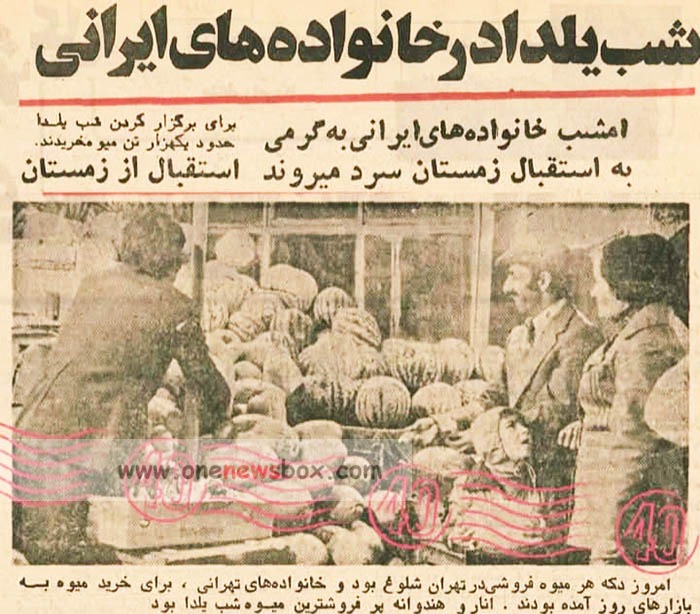Despite these challenges, the press continued to be a powerful force in shaping public opinion and advancing political and social change in Iran. Over the years, the Iranian press would continue to evolve, adapting to the changing needs of society while remaining a crucial part of the nation’s political and cultural fabric. From its humble beginnings with Qaghaz Akhbar in 1837 to the flourishing press during the constitutional revolution, the history of newspapers in Iran is a testament to the resilience of the media in the face of political upheaval and the desire for greater social and political participation.
A newspaper is a periodical publication containing written information about current events and is often typed in black ink with a white or gray background. Newspapers can cover a wide variety of fields such as politics, business, sports, art, and science. They often include materials such as opinion columns, weather forecasts, reviews of local services, obituaries, birth notices, crosswords, editorial cartoons, comic strips, and advice columns.
Most newspapers are businesses, and they pay their expenses with a mixture of subscription revenue, newsstand sales, and advertising revenue. The journalism organizations that publish newspapers are themselves often metonymically called newspapers. Newspapers have traditionally been published in print (usually on cheap, low-grade paper called newsprint). However, today most newspapers are also published on websites as online newspapers, and some have even abandoned their print versions entirely.

